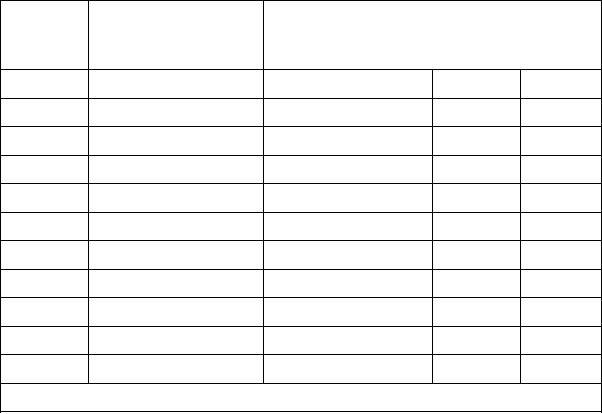
unpressurized below 5,000 feet. Table 6-1 shows cabin
seals around tubing, ducting, bolts, rivets, and other
pressures and altitudes with actual flight altitude.
hardware that pass through or pierce the pressure-tight
area. All panels and large structural components are
During the unpressurized mode of operation, the
assembled with sealing compounds. Access and
pressure regulator control directs low-pressure air to
removable doors and hatches have integral seals.
the pressure regulator valve to command it to the full
Canopies are constructed with inflatable seals. The
open position. This mode of operation occurs at all
pressurizing air is the air from the aircraft ACS.
altitudes below 4,350 feet. In this mode, cabin pressure
is maintained at a near ambient pressure. The pressure
The S-3 aircraft incorporates a cabin pressurization
is slightly above ambient because of the duct pressure
subsystem. This regulates the outflow of air from the
losses, the quantity of air flowing into the cabin, and the
cabin to control the cabin pressures according to a
pressure across the internal avionics ventilation
predetermined schedule. Cabin air is drawn through the
subsystem.
internal avionics racks by the cabin exhaust fan and is
modulated by the cabin pressure regulator valve. A
During flight operations between 5,000 and 24,000
cabin pressure regulator control provides the pres-
feet, the isobaric mode maintains the cabin altitude
surization schedule.
between 4,350 and 5,000 feet. The pressure regulator
control, using the sensed ambient pressure as a
SYSTEM OPERATION
low-pressure source and the sensed cabin pressure as
the high-pressure source, modulates the pressure
The cabin pressurization subsystem is managed on
regulator open or closed to maintain cabin pressure at
the pressure regulator control, which provides five
the specific altitude.
modes of operation: unpressurized, isobaric,
differential cabin-to-ambient pressure, dump, and
The differential mode of operation overrides the
re-pressurization.
isobaric mode when the aircraft is flying at altitudes in
excess of 24,000 feet. As cabin-to-ambient differential
The cabin pressure schedule is designed to
pressure reaches 6.7 0.1 psi, a spring-loaded
satisfy the requirements of a maximum cabin
diaphragm in the pressure regulator control positions a
pressure-to-ambient differential of 6.7 (0.1) psi and a
poppet valve to supply this differential pressure as a
5,000 feet cabin altitude at flight altitudes between
control pressure to the pressure regulator valve. The
5,000 and 25,000 feet. The cabin is normally
Table 6-1.--Cabin Altitude vs Flight Altitude Schedule
Cabin Pressure
Cabin Pressure Altitude
Flight
Differential
Altitude
(ft)
Min (psi)
Max (psi)
Min (ft)
Max (ft)
0
0
0.25
500
0
5,000
0
0.30
4,350
5,000
10,000
2.12
2.42
4,350
5,000
15,000
3.94
4.24
4,350
5,000
20,000
5.48
5.78
4,350
5,000
*24,300
6.60
6.80
4,500
5,000
25,000
6.60
6.80
5,000
5,380
30,000
6.60
6.80
7,400
7,870
35,000
6.60
6.80
9,600
10,100
40,000
6.60
6.80
11,520
12,050
*Maximum flight altitude for a 5,000 feet cabin altitude
6-13

